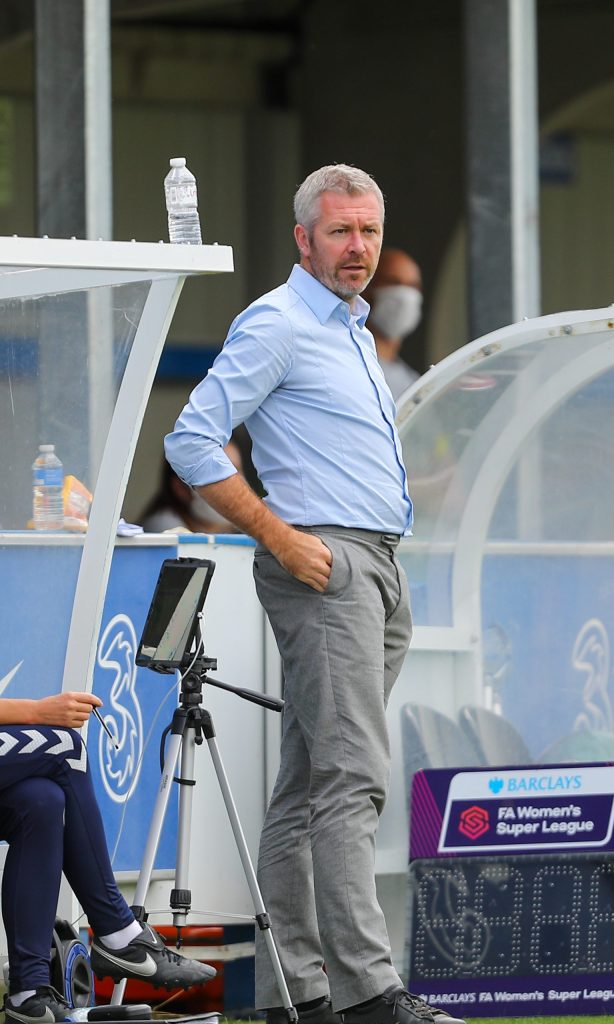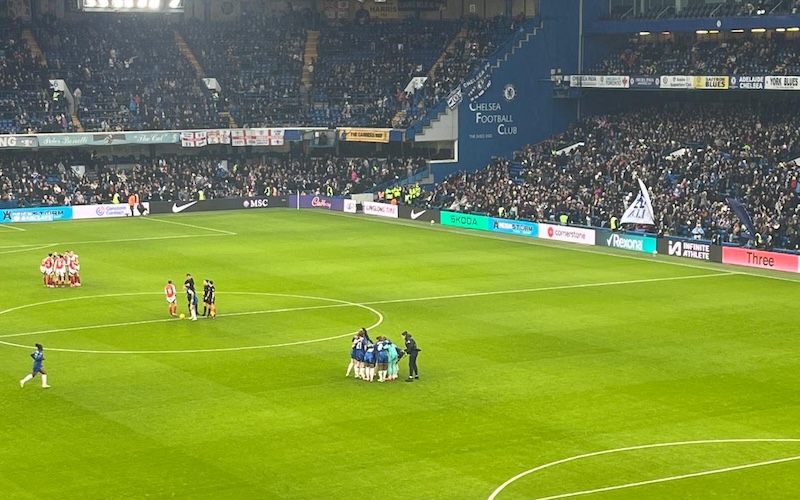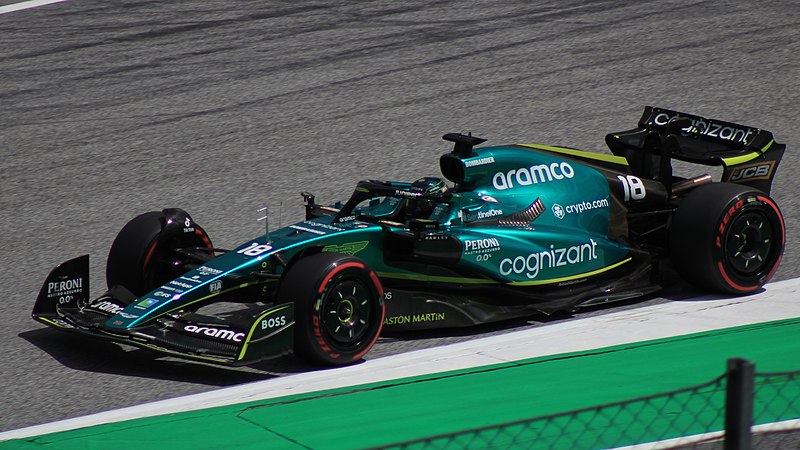The WSL has never looked less English. The league, once a proving ground for homegrown talent, is now dominated by overseas players.
Of the 325 players named in squads this season, just 36% are English – a dramatic drop from 66% in 2017. In just seven years, the proportion of foreign players has surged by 315% and what was once a domestic competition has become a global marketplace.
Recruitment has changed beyond recognition and this season, players from 34 different countries feature in the league.
Sweden and the Netherlands each have 15 representatives, while Australia, Japan, and Canada have all seen double-digit representation.
In 2017, only 15 countries had players in the WSL. Now, the league’s reach extends far beyond Europe.
The shift is evident in South America, where seven players now feature.
Asia accounts for 14 players but African representation remains limited, with just three players registered. The league is global, but not evenly so.
Data from transfers shows how we got here. In 2018, just 23% of WSL signings came from overseas clubs.
By 2022, that figure had risen to 44%. Last summer, it hit 50%.
The January 2025 window took it further, when 56% of new signings arrived from abroad including the league’s record transfer, with Chelsea paying £890,000 for Naomi Girma from San Diego Wave.
Former Leicester City Women director of football Willie Kirk said: “It’s gone from word of mouth to video to data.
“When I first arrived in England, random agents would just email me highlight reels. Now, every club has infrastructure for data and video analysis.”
The increase in overseas recruitment has not been random, as clubs have targeted markets where adaptation is easier, and Scandinavia has become a key hunting ground.
There are 29 Scandinavian players in the league this season, making up 12% of the WSL’s players.
Many are among the league’s top performers, and Guro Reiten, Frida Maanum, and Stina Blackstenius have been integral to Chelsea and Arsenal’s recent success.
Scandinavian players tend to settle quickly, aided by their strong English proficiency and footballing culture that closely aligns with England’s.
But some moves fail. Kirk cites Jade Boho Sayo, a Spanish-born forward who played for Equatorial Guinea, who joined Bristol City in 2015.
He joked: “Jade chose when she could speak English and when she couldn’t, depending on if you were criticising her or praising her.
“She struggled with the weather, the intensity, everything. She left for Reading and still struggled. Some players just don’t adjust.”
Nevertheless, the flood of overseas talent has transformed the quality of the league. In the last seven seasons, an English player has been the WSL’s top scorer just once – Rachel Daly in 2022-23.
The PFA Team of the Year from that season emphasises the point, as seven of the spots went to non-English players.
Kirk points to Leicester’s 2023 signing of Janina Leitzig from Bayern Munich as a prime example of foreign recruitment raising standards.
Bottom of the league, Leicester needed an instant impact, and rather than looking domestically, Kirk used his contacts to land Leitzig, a top-level goalkeeper looking for first-team football.
She adapted immediately and delivered.

Katie Chan, Wikimedia
Kirk said: “She kept us up. She wanted to play, and we gave her that chance.”
A high-calibre talent from a European giant, stepping into a struggling side and transforming it – proof of how global recruitment is elevating the WSL.
Kirk said: “Without it, the league wouldn’t be at the level it is now.
“You look at the Champions League, and English teams are close. It’s only a matter of time before a WSL club wins it.”
Chelsea have come closest in recent years and Girma’s arrival adds to an already international core.
Sam Kerr, Mayra Ramírez, Sjoeke Nüsken underline global recruitment at its sharpest. Even their new manager, Sonia Bompastor, comes from Lyon.
Kirk said: “Chelsea did so much background work before hiring her.
“It’s the same as signing a player. You need to know if it will translate to the English game.”
Kirk has seen firsthand how the WSL itself has become the selling point in negotiations.
When he took over Everton, looking to survive relegation, he was still able to attract high-level talent.
Kirk said: “I never used Everton as the selling point, I used the WSL.
“I signed players that a team who just escaped relegation should probably never have signed, but they wanted to come to England.”
The league’s strength, rather than individual club prestige, is now the key driver of recruitment.
Kirk highlights Crystal Palace’s signing of My Cato as further proof of this shift.
The internationalisation of the WSL has also transformed dressing rooms. The mix of cultures and styles has created an environment where players learn from each other daily.
Kirk said: “To have a Japanese player, to have an Australian, to have a Spaniard and a French player, I think it’s great for the dressing room.
“Players interact, get different perspectives on the game and on life. It’s especially good for our young players.”
But concerns arise when it comes to young, homegrown talent.
The Premier League’s foreign influx after the Bosman ruling and Arsène Wenger’s arrival coincided with England’s worst-ever FIFA ranking – 27th in 1996.
It took two decades to recover. The WSL, however, is a different story.
England are the European champions. The Lionesses reached the World Cup final in 2023. Young English talent is still emerging in Jess Park, Grace Clinton, Aggie Beever-Jones.
Kirk said: “The difference is that some of the world’s best players are already English. They’re not being displaced.
“In training it’s the best-v-best every day. That’s how you develop. It’s nothing but good.”
The numbers suggest the WSL’s trajectory is set. More foreign players, more money, higher standards.
The question is not whether the league will become more international, but how far it goes.
Kirk said: “The recent transfer activity shows you that, along with teams competing to be the best in the WSL, we’re competing to be the best league in the world.
“Every club is a big club now. The pull isn’t just the teams, it’s the league itself.”
Feature image: Beth Payne






Join the discussion